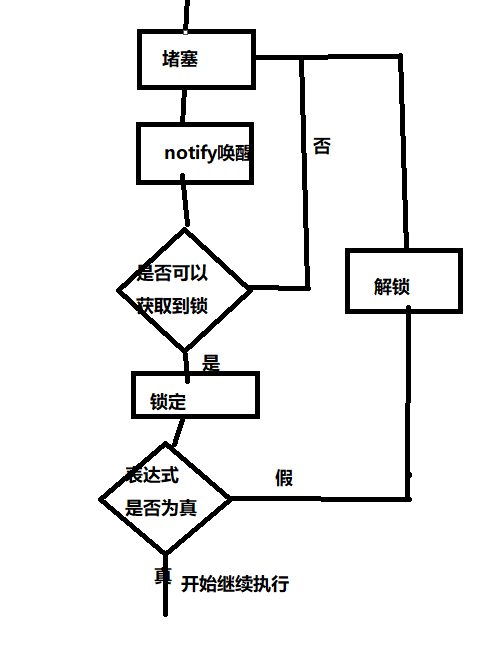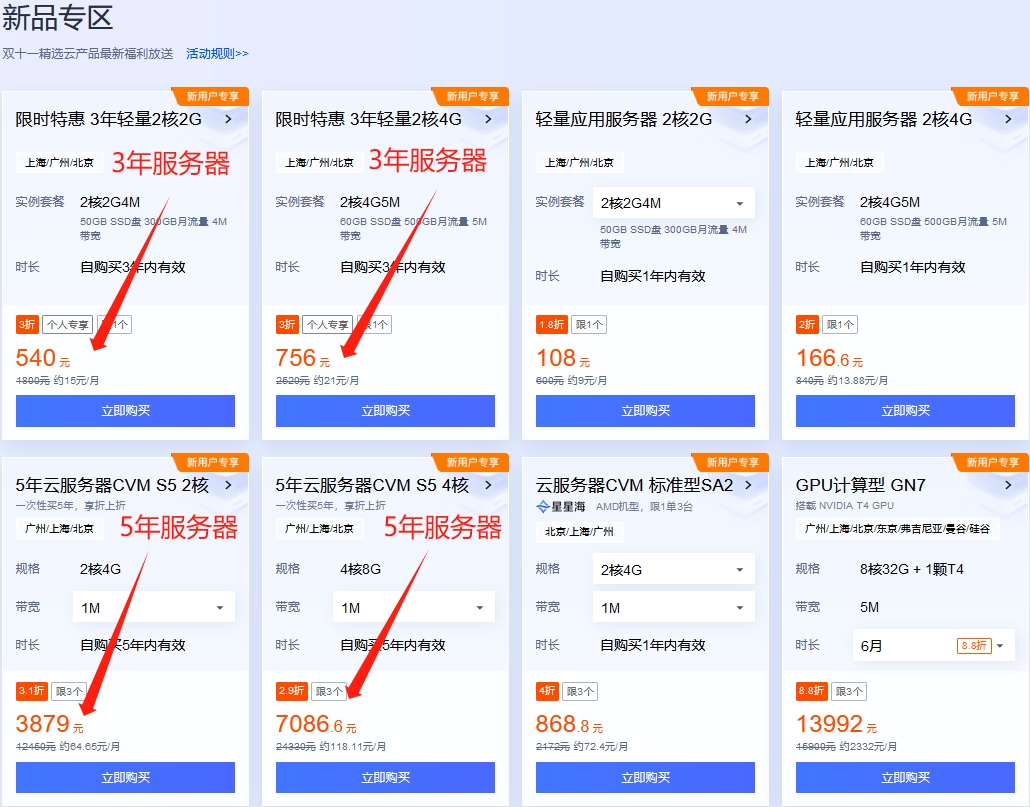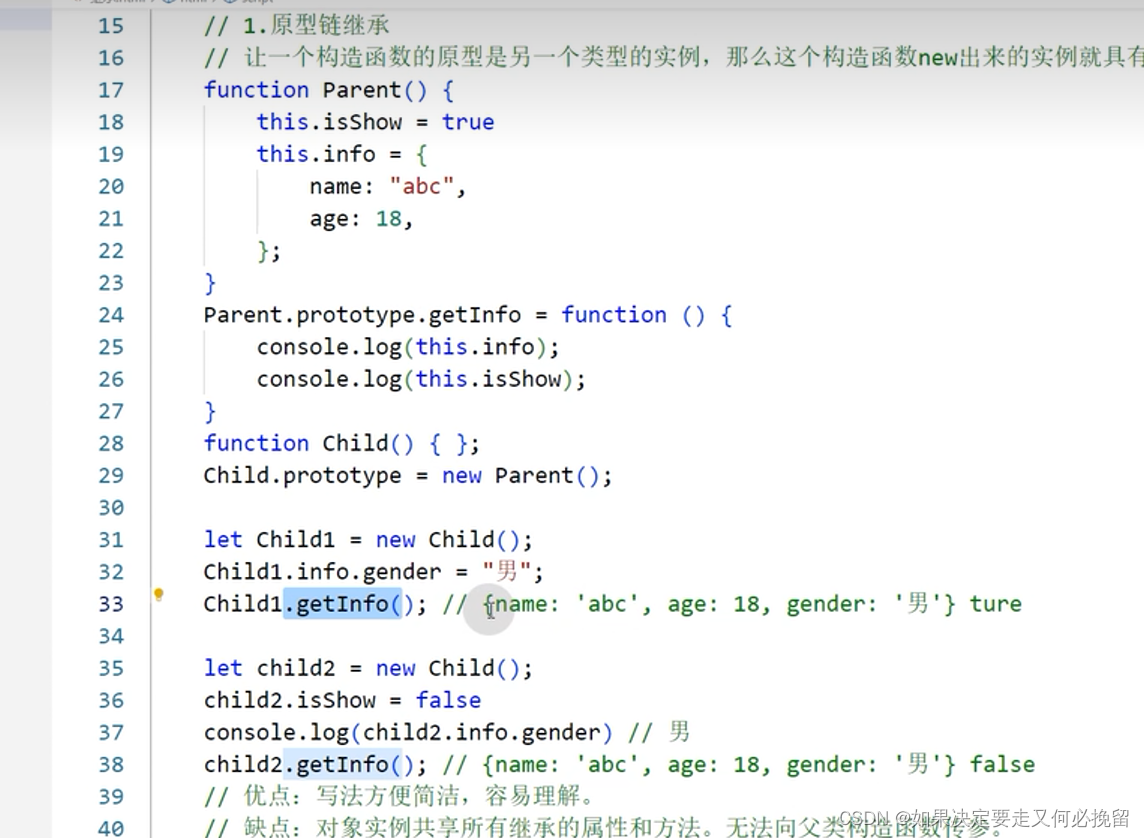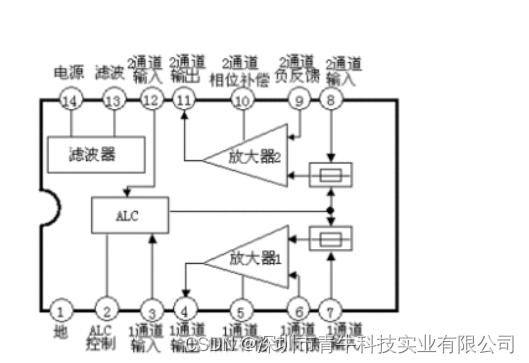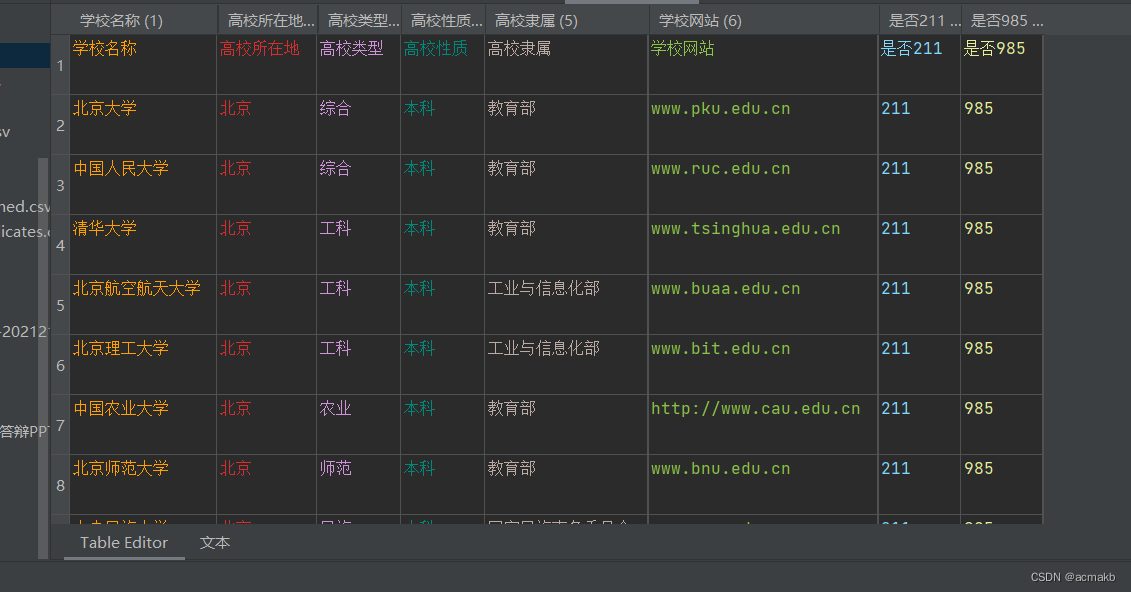- 🍨 本文为🔗365天深度学习训练营 中的学习记录博客
- 🍖 原作者:K同学啊 | 接辅导、项目定制
- 🚀 文章来源:K同学的学习圈子
上节说到了通过修改YOLOv5的common.py来修改模型的结构,修改的是模块的内部结构,具体某些模块组织顺序等,如插入一个新的模型,则需要在yolo.py文件中修改
yolo.py文件
yolo.py中有几个主要的组成部分
parse_model函数
主要负责读取传入的–cfg配置指定的模型配置文件。例如经常使用的yolov5s.yaml,通过配置文件创建实际的模块对象,并将模块拼接起来。
Detect类
主要用来构建Detect层,将输入的feature map通过一个卷积操作和公式计算得到想要的shape,为后面计算损失或者NMS做准备
Model类
这个类实现的是整个模型的搭建。YOLOv5的作者在其中还加入了很多功能,例如:特征可视化、打印模型信息、TTA推理增强、融合Conv+Bn加速推理、模型搭载NMS功能、autoshape函数等等。
修改模型
任务
参考C3模块,创建一个C2模块,并插入到模型的第二、三层之间


可以发现C2模块就是上一篇文章中,对模型C3模块的修改结果。
步骤
由于要插入一个新的模块,首先就是要在commm.py里仿造C3模块,新增一个可以创建C2模块的方法
class C3(nn.Module):
# CSP Bottleneck with 3 convolutions
def __init__(self, c1, c2, n=1, shortcut=True, g=1, e=0.5): # ch_in, ch_out, number, shortcut, groups, expansion
super().__init__()
c_ = int(c2 * e) # hidden channels
self.cv1 = Conv(c1, c_, 1, 1)
self.cv2 = Conv(c1, c_, 1, 1)
self.cv3 = Conv(2 * c_, c2, 1) # optional act=FReLU(c2)
self.m = nn.Sequential(*(Bottleneck(c_, c_, shortcut, g, e=1.0) for _ in range(n)))
def forward(self, x):
return self.cv3(torch.cat((self.m(self.cv1(x)), self.cv2(x)), 1))
class C2(nn.Module):
# CSP Bottleneck with 3 convolutions
def __init__(self, c1, c2, n=1, shortcut=True, g=1, e=0.5): # ch_in, ch_out, number, shortcut, groups, expansion
super().__init__()
c_1 = c2 // 2
c_2 = c2 - c1 # hidden channels
self.cv1 = Conv(c1, c_2, 1, 1)
self.cv2 = Conv(c1, c_1, 1, 1)
self.m = nn.Sequential(*(Bottleneck(c_2, c_2, shortcut, g, e=1.0) for _ in range(n)))
def forward(self, x):
return torch.cat((self.m(self.cv1(x)), self.cv2(x)), 1)
然后修改yolo.py中构建模型的部分,增加C2模块
def parse_model(d, ch): # model_dict, input_channels(3)
# Parse a YOLOv5 model.yaml dictionary
LOGGER.info(f"\n{'':>3}{'from':>18}{'n':>3}{'params':>10} {'module':<40}{'arguments':<30}")
anchors, nc, gd, gw, act = d['anchors'], d['nc'], d['depth_multiple'], d['width_multiple'], d.get('activation')
if act:
Conv.default_act = eval(act) # redefine default activation, i.e. Conv.default_act = nn.SiLU()
LOGGER.info(f"{colorstr('activation:')} {act}") # print
na = (len(anchors[0]) // 2) if isinstance(anchors, list) else anchors # number of anchors
no = na * (nc + 5) # number of outputs = anchors * (classes + 5)
layers, save, c2 = [], [], ch[-1] # layers, savelist, ch out
for i, (f, n, m, args) in enumerate(d['backbone'] + d['head']): # from, number, module, args
m = eval(m) if isinstance(m, str) else m # eval strings
for j, a in enumerate(args):
with contextlib.suppress(NameError):
args[j] = eval(a) if isinstance(a, str) else a # eval strings
n = n_ = max(round(n * gd), 1) if n > 1 else n # depth gain
if m in {
Conv, GhostConv, Bottleneck, GhostBottleneck, SPP, SPPF, DWConv, MixConv2d, Focus, CrossConv,
BottleneckCSP, C3, C2, C3TR, C3SPP, C3Ghost, nn.ConvTranspose2d, DWConvTranspose2d, C3x}:
c1, c2 = ch[f], args[0]
if c2 != no: # if not output
c2 = make_divisible(c2 * gw, 8)
args = [c1, c2, *args[1:]]
if m in {BottleneckCSP, C3,C2, C3TR, C3Ghost, C3x}:
args.insert(2, n) # number of repeats
n = 1
elif m is nn.BatchNorm2d:
args = [ch[f]]
elif m is Concat:
c2 = sum(ch[x] for x in f)
# TODO: channel, gw, gd
elif m in {Detect, Segment}:
args.append([ch[x] for x in f])
if isinstance(args[1], int): # number of anchors
args[1] = [list(range(args[1] * 2))] * len(f)
if m is Segment:
args[3] = make_divisible(args[3] * gw, 8)
elif m is Contract:
c2 = ch[f] * args[0] ** 2
elif m is Expand:
c2 = ch[f] // args[0] ** 2
else:
c2 = ch[f]
m_ = nn.Sequential(*(m(*args) for _ in range(n))) if n > 1 else m(*args) # module
t = str(m)[8:-2].replace('__main__.', '') # module type
np = sum(x.numel() for x in m_.parameters()) # number params
m_.i, m_.f, m_.type, m_.np = i, f, t, np # attach index, 'from' index, type, number params
LOGGER.info(f'{i:>3}{str(f):>18}{n_:>3}{np:10.0f} {t:<40}{str(args):<30}') # print
save.extend(x % i for x in ([f] if isinstance(f, int) else f) if x != -1) # append to savelist
layers.append(m_)
if i == 0:
ch = []
ch.append(c2)
return nn.Sequential(*layers), sorted(save)
最后修改模型的配置文件,将yolov5s.yaml另存为yolov5s_aug.yaml并修改
# YOLOv5 v6.0 backbone
backbone:
# [from, number, module, args]
[[-1, 1, Conv, [64, 6, 2, 2]], # 0-P1/2
[-1, 1, Conv, [128, 3, 2]], # 1-P2/4
[-1, 3, C3, [128]],
[-1, 3, C2, [128]],
[-1, 1, Conv, [256, 3, 2]], # 3-P3/8
[-1, 6, C3, [256]],
[-1, 1, Conv, [512, 3, 2]], # 5-P4/16
[-1, 9, C3, [512]],
[-1, 1, Conv, [1024, 3, 2]], # 7-P5/32
[-1, 3, C3, [1024]],
[-1, 1, SPPF, [1024, 5]], # 9
]
如此改造就完成了,可以使用训练集训练一下当前的yolov5s_aug模型
训练的结果如下:

对比没有修改前的模型训练结果

对比发现增加这层模块没有对整个模型带来好的结果,每种分类的检测结果都变得更差了,上篇文章也分析过,C2模块由于缺少了最后的卷积重排,会导致特征的表达变差。
根据经验,cat操作后面最好是经过全连接层或者卷积再提取一下特征,直接使用的效果比较差。
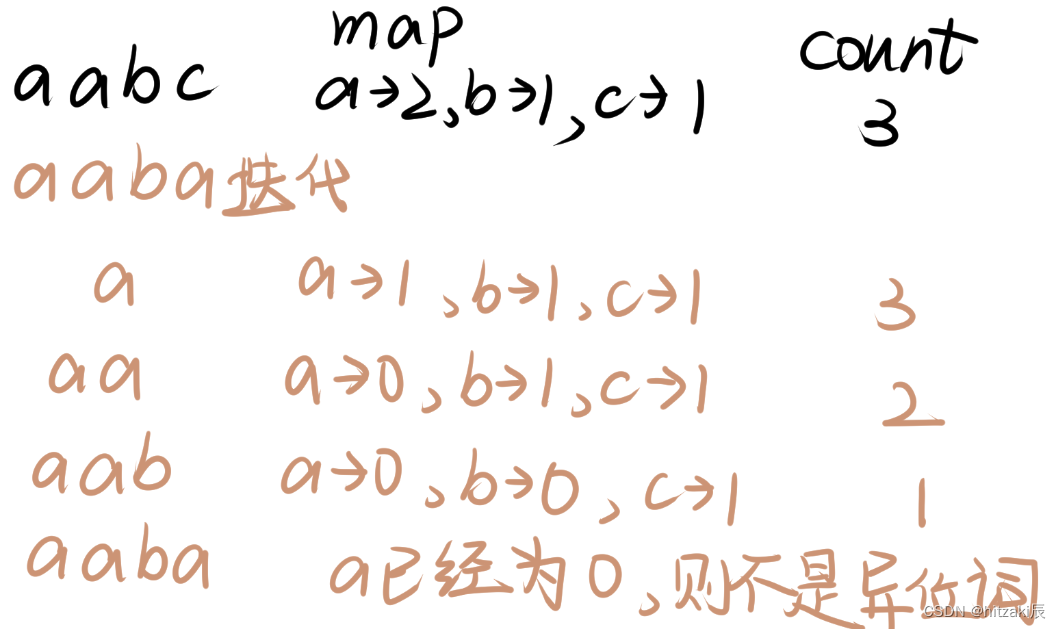
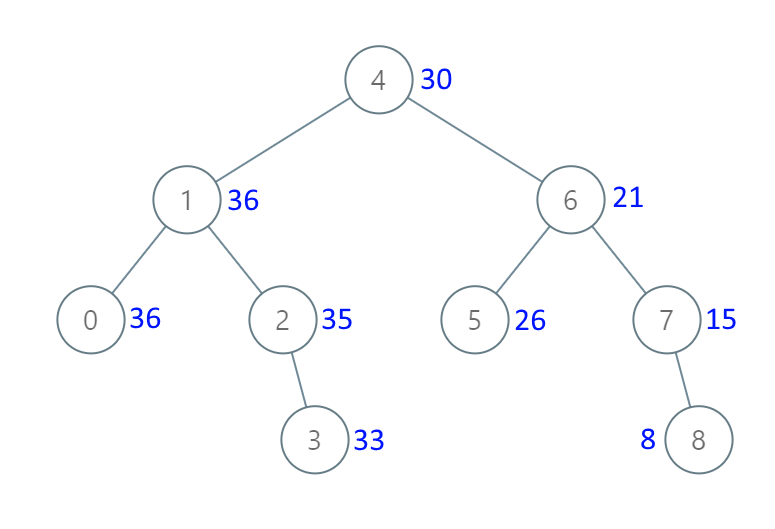
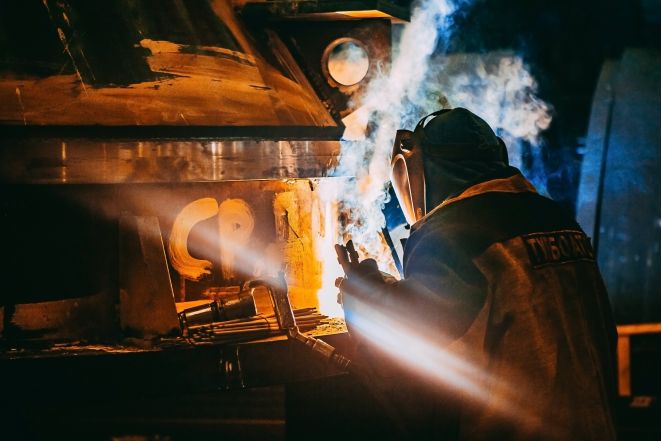
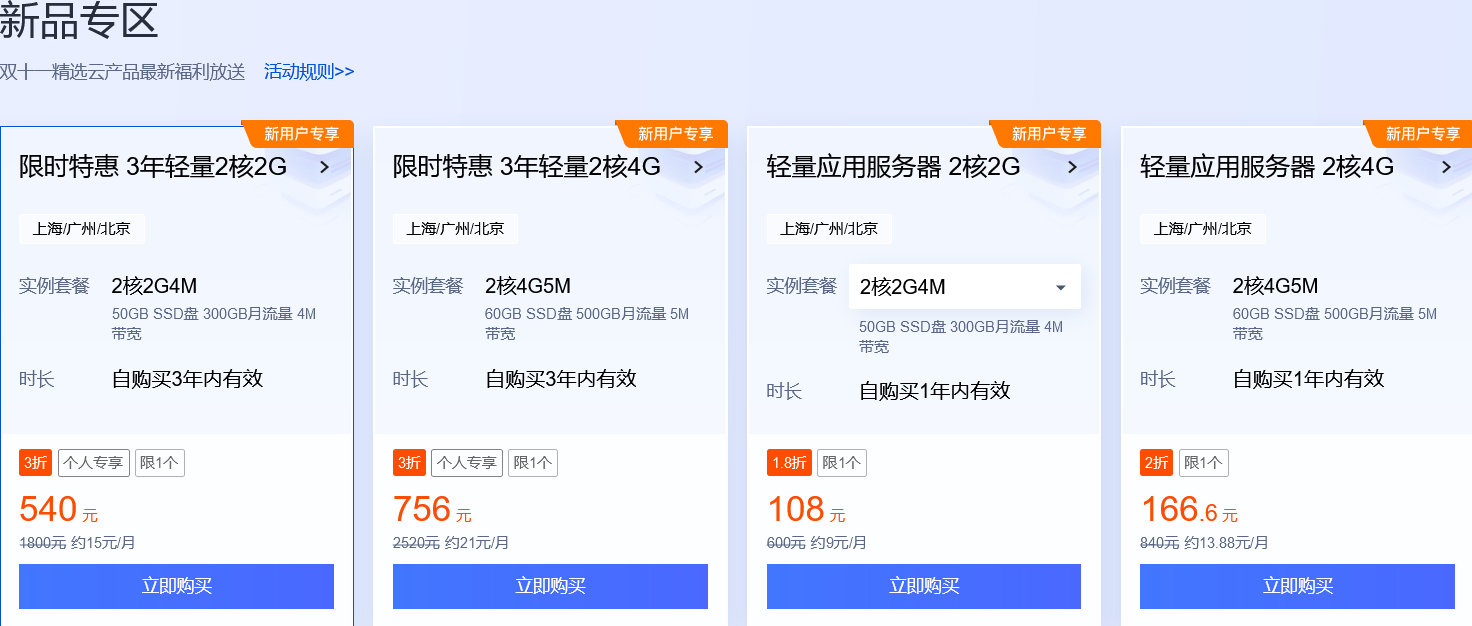


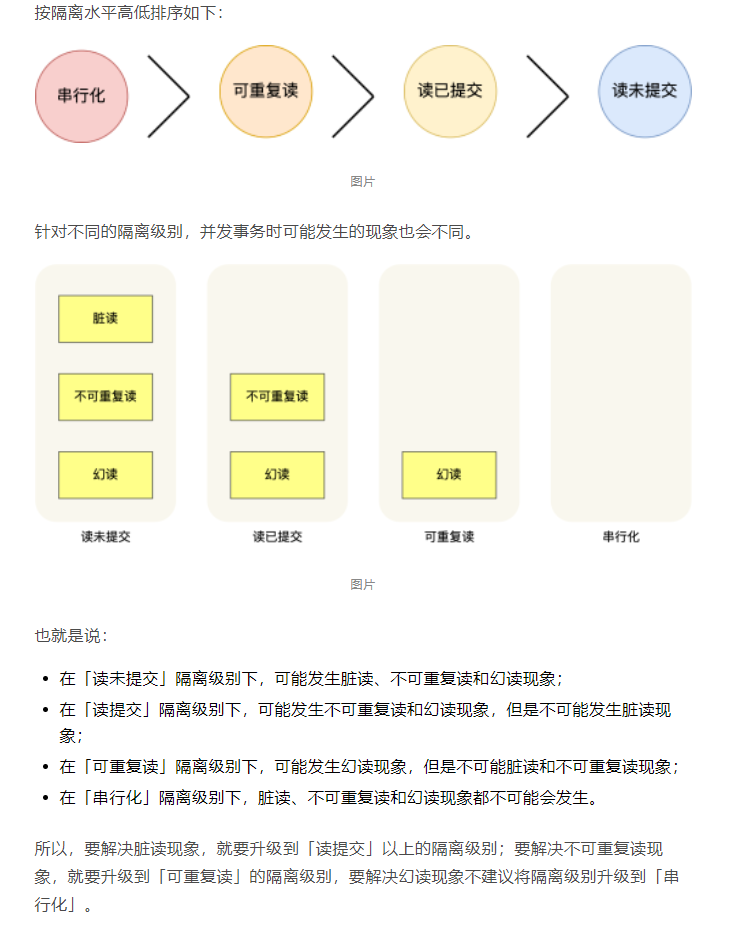





![23111704[含文档+PPT+源码等]计算机毕业设计springboot办公管理系统oa人力人事办公](https://img-blog.csdnimg.cn/img_convert/434e29451c03cde69773c31f7bcc1a94.png)

